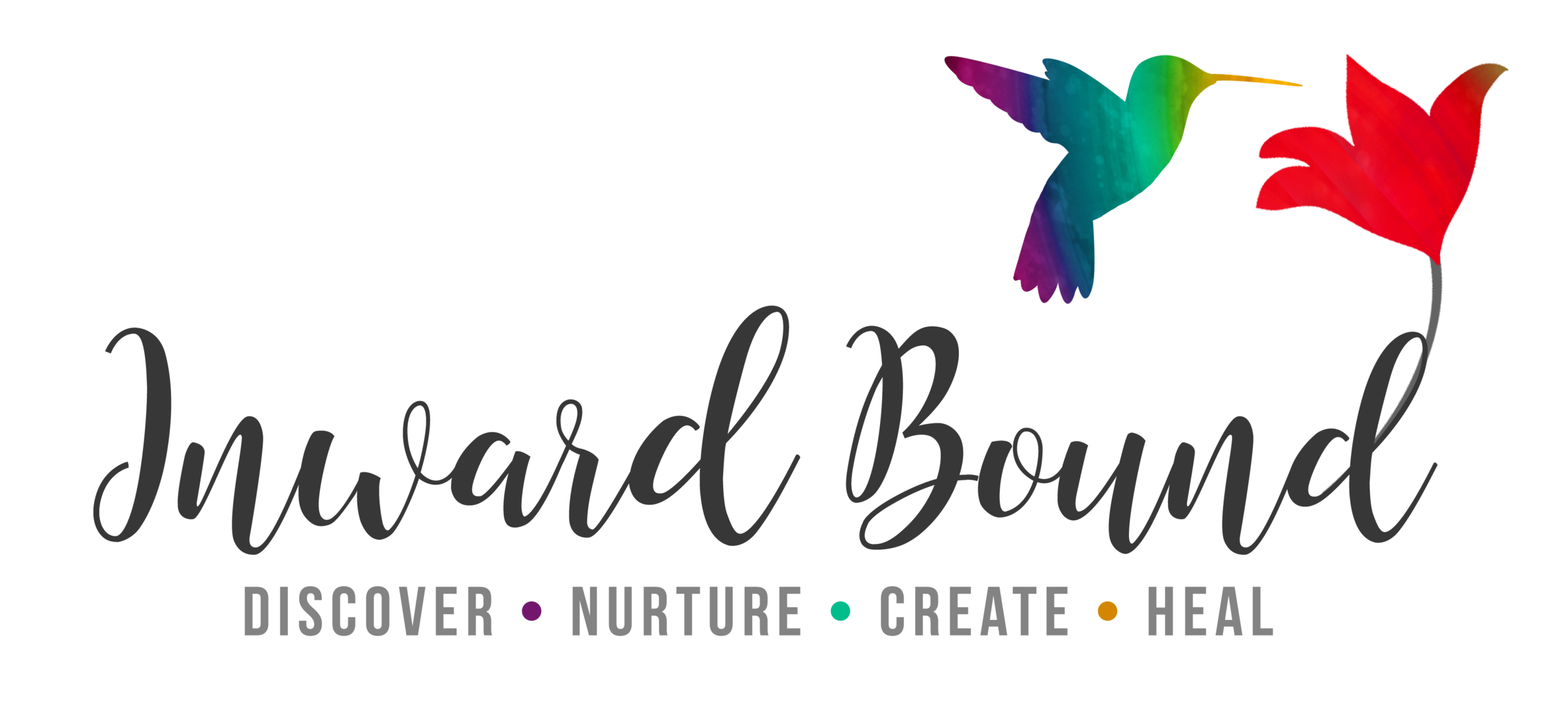SIGNS
Generally, I’m pretty decent at being attuned to myself and knowing when stress is getting the better of me. In such times, I know what I need to do to try and reset. Often, this requires time and planning I don’t have, but at least the path to being grounded (again) is clear.
Then, there are the other times… Times when I become so out of sorts I’m not aware of myself. Things start happening that catch me by surprise. I’ll start cursing at traffic. Organized as I usually am, I’ll wander into the waiting area outside my office to find two families waiting to meet with me at the same time. I’ll forget to eat. And all of these things surprise me. I actually feel shock when one of these things happens because I never see them coming. When I’m caught by surprise in the collateral damage of my own stress, that’s when I know it’s bad. Really bad.
After my profuse apologies to the families I double-booked today (Oh! How grateful I was for the grace they bestowed upon me in such a difficult situation!), I was marveling at my shock that this had happened at all. I retraced my steps mentally, trying to figure how I’d managed to make such a significant mistake in a way that inconveniences so many people. It was then that I made the connection – my process is parallel with our youngsters.
All the behaviors we struggle to reconcile, that we find most perplexing and difficult to understand, are signs. The most confusing behaviors emerge because of stress. When they pop up, it’s a signal that triggers have piled up a bit too much and stress is bigger than our tolerance for it. We are, literally, bubbling over. In order to manage the behavior, we need to calm the stress. In my situation, a “swear jar” isn’t going to be enough to curb my single-fingered gesture and choice words for the person who cuts me off on the highway. A lecture on respect for others’ time won’t ensure I never double-book my calendar. Structured meal times are unlikely to remind my body to feel hungry when it isn’t fed. In order to get back in the saddle, the underlying stress will need to be reduced first.
So, while I concoct plans for myself (they begin with breathing and meditation so that I can access my frontal cortex for real problem-solving), please remember this process unfolds in a similar way for our youngsters all the time. We’ll get a better return on our investment if we watch for the signals and focus our efforts on addressing the underlying stress instead of the behavior(s) the stress yields.
Aren’t we always learning? And learning again?
Yours in Love, Light, & Relationship,
Jen

